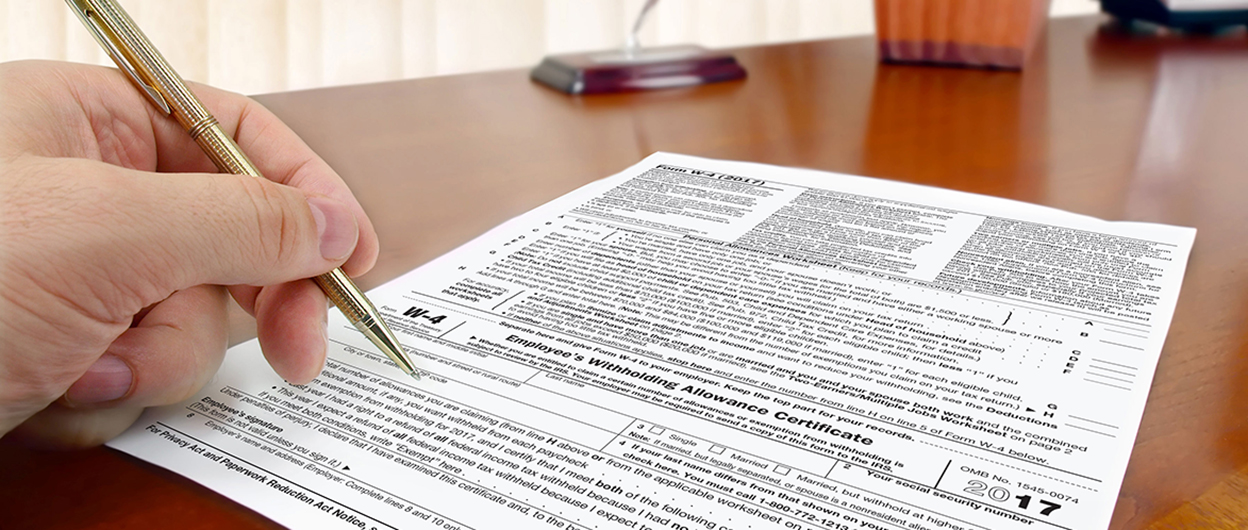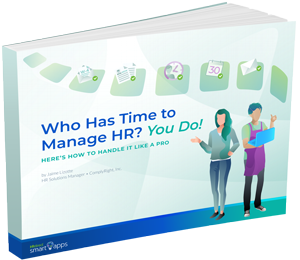Although the Form W-4 may be considered “routine” paperwork for new hires, it generates a lot of questions. Employees may hit snags when they’re filling out W-4s, and you may be uncertain of the specific requirements for employers.
Chances are, you’re not alone with your questions and concerns. Here are the five most common W-4 form questions I hear most frequently from small businesses like yours:
Question 1: How do we handle employee questions about allowances?
A: This is quite common when you’re setting up new employees. You give them the W-4 as part of their new hire paperwork, and they come to you with questions a few minutes into the process. Here’s the deal: You can explain the purpose of form, but you can’t influence or dictate the number of allowances an employee indicates on Line 5. Instead, you should direct them to the Personal Allowances Worksheet provided with the form — or the
Withholding Calculator on the IRS website. (See the sidebar for the other types of questions you can safely address.)
Compare the name on the W-4 to the name on the employee’s Social Security card. If it differs, the employee needs to check Box 4.
Question 2: Do all employees have to fill out a Form W-4?
A: Yes. The W-4 is one of the first things you should have a new employee fill out, along with the other necessary paperwork (like the I-9). If an employee doesn’t complete the W-4 for any reason (such as waiting on an updated Social Security card due to a recent marriage), you must withhold taxes as if the employee were single with no allowances. You should maintain this amount, the highest tax withholding, until the employee turns in an up-to-date form.
Question 3: How much time do we have to apply the employee’s W-4?
A: You should process the W-4 (and apply it to the employee’s paycheck) within 30 days of the date you received the form. The W-4 remains in effect until an employee completes a new one — typically for personal or financial changes, such as marriage, divorce, birth of a child, or to have less (or more) taxes withheld.
Question 4: Do we still need to send W-4s to the IRS?
A: No, this is no longer required. (In the past, you had to submit any W-4s when the employee claimed complete exemption or more than 10 allowances.) However, if the IRS ever requests a W-4, you must provide it. Be aware, too, the IRS could notify you in writing if the employee isn’t entitled to a complete exemption or the number of claimed allowances. This “lock-in” letter will indicate the maximum allowable allowances. You must process the new withholding allowance within 60 days of the date of the letter.
Question 5: How long should we hold on to an employee’s W-4 information?
A: You need to keep a W-4 on file for at least four years after the date an employee’s taxes were due or paid — whichever is later. You can store these forms manually or electronically, as long as you can provide a copy of the form to the IRS, if requested. When the time is up, you can choose to destroy paper forms and/or delete electronic ones.
Simplify W-4 Completion with an Online App
Don’t spend more time and effort on the W-4 than necessary. A dedicated
W-4 app eases the burden for you and your employees, eliminating tedious paperwork, excessive questions and careless mistakes.
KEY TAKEAWAYS
- Every new employee must fill out a Form W-4
- You can explain the form but you can’t direct employees on their withholding allowances
- Employers must process the W-4 with payroll within 30 days of receiving the form
- Employees may fill out a new Form W-4, any time of the year, for any personal or financial change
- You can store W-4s manually (paper) or electronically (online)
Free E-Book
Who Has Time to Manage HR? You Do!
Here's How to Handle It Like A Pro
Learn How



